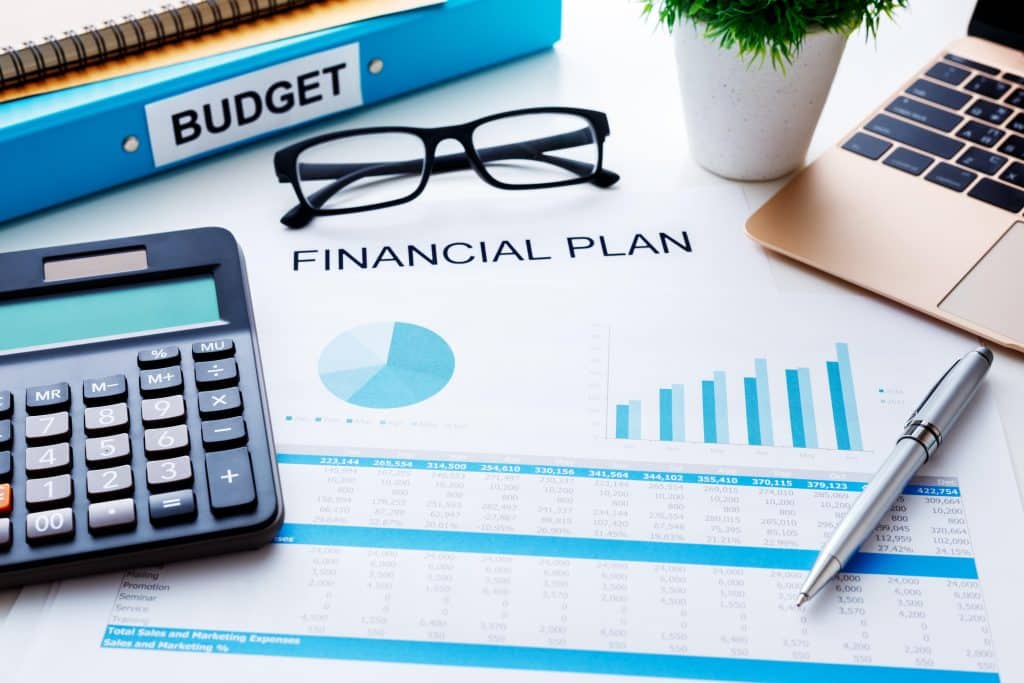
For many Australians, buying a property – whether it’s a first home, an investment property or a lifestyle upgrade – is one of the biggest financial commitments they will ever make. With rising living costs and fluctuating interest rates, property affordability is a topic that’s front and centre in every real estate conversation.
However affordability isn’t just about the purchase price of a home or how much you can borrow. It’s about the full financial picture – balancing your budget, identifying a property that aligns with your lifestyle or investment goals and understanding the ongoing costs of home ownership. When done right, this approach leads to smarter decisions and a more secure future.
If you are looking to enter the property market, here’s everything you need to know about assessing affordability and ensuring long term financial stability when buying a property in Australia.
1. What Is Property Affordability?
Affordability in real estate refers to how much property you can realistically and sustainably afford to purchase and maintain over the long term. It’s not just about securing a mortgage that meets the purchase price – it’s also about ensuring that you can comfortably manage repayments, property maintenance and other expenses associated with homeownership.
Many Australians overextend themselves by only looking at the upfront costs and ignoring ongoing commitments. This is a risky approach that can lead to financial stress or the need to sell under pressure.
2. Securing the Right Property for Your Budget
The first step to making a smart home purchase is choosing a property that aligns with both your financial capacity and your lifestyle or investment brief. Here’s how to approach this strategically:
a. Define Your Budget
- Know how much you can borrow by speaking with a mortgage broker or lender.
- Don’t forget to factor in upfront costs like stamp duty, legal fees, building and pest inspections and loan application fees.
b. Prioritise Needs vs. Wants
- Think about your non-negotiables (e.g., number of bedrooms, proximity to work or schools) and what you could compromise on (e.g., finishes, a second bathroom, suburb preference).
- If you are purchasing an investment property, consider tenant appeal, rental returns and long term capital growth.
c. Research Suburbs Within Your Price Range
Use tools like realestate.com.au or Domain to compare property prices, suburb profiles and recent sales. Look for suburbs that are up-and-coming, have access to infrastructure and strong demand indicators.
3. Understanding the Hidden and Ongoing Costs of Home Ownership
Many buyers are surprised by the true cost of owning a home. Beyond your monthly mortgage repayments, you need to factor in several ongoing expenses:
a. Property Maintenance
Whether it’s a standalone house or a strata-titled apartment, property maintenance is essential to preserve the value of your investment. This includes:
- Regular repairs and upkeep (roofing, plumbing, painting, etc.)
- Garden or lawn care
- Strata fees if applicable
b. Utilities
Expect to pay for water, gas, electricity, internet and council rates. These vary by location and property type, so get a rough estimate before committing.
c. Insurance
Home and contents insurance is vital for protecting your property from damage or disaster. Landlord insurance is also essential for investment properties.
d. Unexpected Repairs and Replacements
Air conditioning units, hot water systems, appliances – these all come with a lifespan. Having a buffer fund for emergencies ensures you won’t be caught out.
4. Building Long Term Affordability Into Your Strategy
Making a property purchase affordable isn’t just about scraping together a deposit – it’s about setting yourself up for financial success in the long term.
a. Think Beyond the Mortgage
Can you still comfortably afford your home if interest rates rise or your circumstances change (e.g. job loss, parental leave, health issues)? Building a buffer into your budget can offer peace of mind.
b. Plan for Future Expenses
Do you plan to renovate, expand your family or transition to part-time work? All of these have affordability implications. Be proactive and factor them in now.
5. Why Engaging a Buyers Advocate Can Help
Affordability is not just a number – it’s a strategy. A buyers advocate, also known a s a buyers agent, can help you define your brief, stick to your budget and identify quality properties that offer value now and into the future.
Buyers advocates understand how to:
- Interpret market conditions
- Negotiate effectively with agents
- Spot red flags in potential purchases
- Recommend professionals like building inspectors and legal representatives
Most importantly, a buyers advocate keeps emotion out of the equation – helping you make confident, calculated decisions.
Final Thoughts
In today’s property market, it can be tempting to chase the cheapest home or investment on the market. But true affordability means buying a property that won’t become a financial burden over time.
Before you buy, ask yourself:
- Does this property meet my needs now and into the future?
- Have I considered all ongoing costs?
- Can I manage repayments if interest rates increase?
- Am I emotionally and financially prepared for homeownership?
If you can answer “yes” to all of the above, you are well on your way to making a smart and sustainable property decision.
By Lynda McNeill



